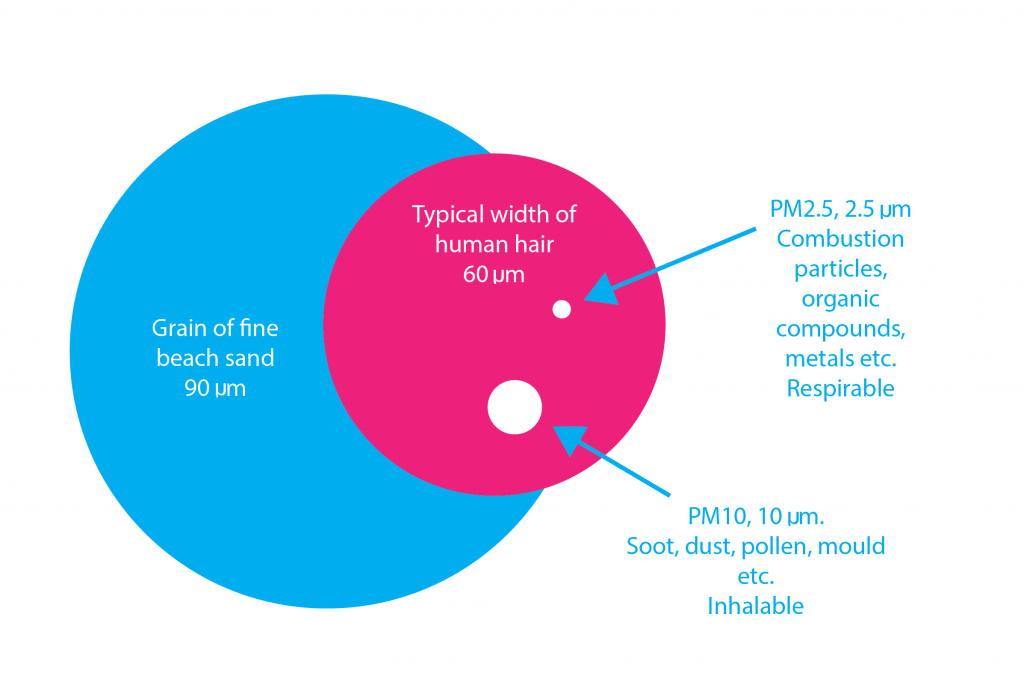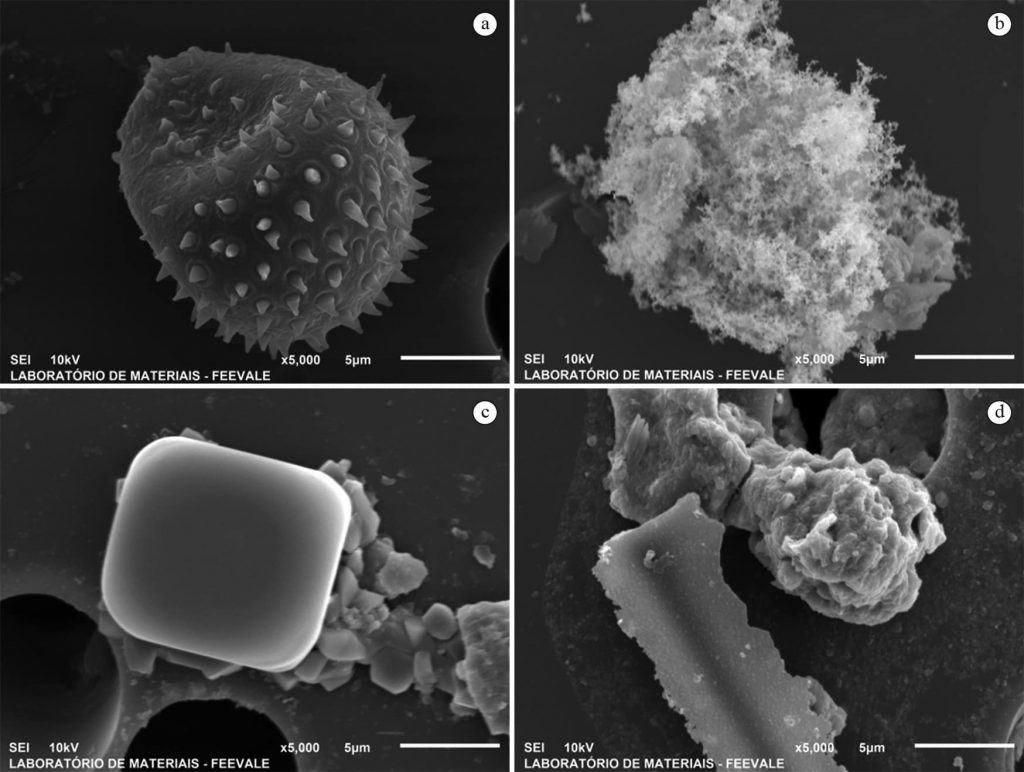
Learn About PM10 & How to Protect Yourself
Things you Should Know About PM10 and How to Protect Yourself
On average, we humans take about 16 breaths a minute, 960 breaths an hour, 23 040 breaths a day and 8 409 600 a year. If you’re lucky enough to live to the ripe old age of 80, you’ll take approximately 672 768 000 breaths in your lifetime!Amazing, but what does all this have to do with PM10? Well, the air we breathe is full of tiny particles that enter our respiratory system along with all that sweet oxygen. As our world has modernised, we’ve clogged the air we breathe with chemicals and pollutants, which in turn are clogging up our lungs and threatening the lives of people living in urban environments.
PM10 is just one of those nasty particles doing damage to the human population. These minuscule airborne hazards are referred to as particulate matter, or PM. Although governments worldwide are waking up to the clean air crisis, you need to start protecting your health now. So, arm yourself with the knowledge of what PM10 is and how you can prevent it from jeopardizing your health.
Where does PM come from?
The amount of particulate matter in the air at any given time depends on the environment you find yourself in. These particles are released from a variety of sources both indoors and outdoors. When inside, PM levels are typically the same or lower than outside. Dust and smoke are visible examples of PM10, but there’s much more to these particles than meets the eye.
Here are a few things that increase the levels of particulate matter floating around an indoor space:
- smoking
- cooking
- burning candles or fires
- using kerosene heaters
- diffusing essential oils
- cleaning using common chemical products
- opening doors and windows to outdoor polluted environments
- using hairsprays, aerosol room freshers or deodorants
Although there are hundreds of sources of outdoor air pollutants, the main contributors that increase the levels of particulate matter outdoors are:
- vehicles
- power generators
- industrial and agricultural emissions
- residential heating and cooking
- the manufacture and distribution of chemicals
- forest fires
Why is it called ’10’?
The 10 in PM10 refers to the size of the pollutant in micrometres. A thick human hair is about 60 micrometres (0.001 millimetres) wide, so around 6 of these fine particles could be placed side by side on its width. In order for us to see something as incredibly small as a micrometre, we need to use powerful microscopes.

Here’s a handy diagram to help you visualize the scale of these tiny particles.
Courtesy of the Brazilian Journal of Biology, here’s what PM particles look like under a microscope. The reason for the differences in structure between them is that each particle is composed of a complex mixture of liquids and solids. A soot PM10 particle will not look exactly the same as a particle contains heavy metals, such as lead.

What are the negative effects of exposure to PM10?
Larger particles are generally caught up and filtered in the hair and mucus present in the nose and throat. However, particles equal to or lesser than 10 micrometres can find their way into our lungs causing many short and long term health effects.
Due to their small size, PM10 particles can reach the delicate bronchioles or alveoli in our lungs where they do the most damage. When exposed to levels of PM10 between to moderate – hazardous range, one may experience the following effects:- shortness of breath
- asthmatics can experience bronchoconstriction
- eye, nose and throat irritation
- excessive coughing and wheezing
- diminished lung function and lung disease
- diminished heart function, sometimes resulting in heart attack
- asthma attacks
- cancer
- premature delivery, birth defects and low birth weight
- death
What can I do to limit my exposure to PM10?
- If you can afford it, HEPA air filters do an excellent job of purifying the air in your home although they can set you back hundreds of dollars. HEPA stands for high-efficiency particulate air. Air purifying systems containing these filters usually work with an internal fan pushing or sucking air through the fine filter mesh, where the particulate matter gets trapped. HEPA air purifiers vary in size and ability to clean specific volumes of air so it would be wise to do your research.
- Alternatively, if you’re looking for something a little greener, you might want to purchase a pollution busting plant for your home. Not to blow our own trumpets, but we did write a rather fabulous blog on which plants have exceptional air-purifying powers. And if you’re interested in the PM10 absorbing capabilities of our green and leafy friends, you can read an absolutely fascinating study conducted in Beijing on six common landscape plants. In a nutshell: plants with needle-shaped leaves absorbed many more PM10 and PM2.5 particles – you’re welcome.
- When cooking in your home, use exhaust fans or air purifiers. You’ve got to keep these clean and well maintained to ensure they are doing a good job at protecting you when someone burns breakfast.
- Do not allow smoking indoors in your home. The same goes for burning incense, candles or using wood-burning fires. If you absolutely must have the ambience, open a window or use a good ventilation system to offset some of the effects of all that smoke.
- Take care of using aerosols and certain cleaning products. While they might make everything smell pine fresh, some products react with ozone to create particles and form formaldehyde. Educate yourself more on this here.
- Use doormats and remove your shoes before entering the home to stop dust and soil being kicked up in your indoor air. Giving your digs a good, regular clean will also prevent the build-up of PM levels inside.
- Emissions from gasoline and diesel-burning vehicles are huge contributors to high levels of particulate matter in the air you breathe, so avoid travelling during rush hour when possible. When driving, stay clear of older vehicles or ones that have dirty looking exhaust smoke coming out of their exhaust pipes. Keeping the windows of your vehicle closed in heavy traffic can also help to reduce the amount of particulate matter in your own car.
- And…of course. Wear a mask! We have some quite lovely ones as it turns out. The Cambridge masks filter out PM10 and PM2.5 effectively, so you can go about your business in any environment without having to worry about your health.


